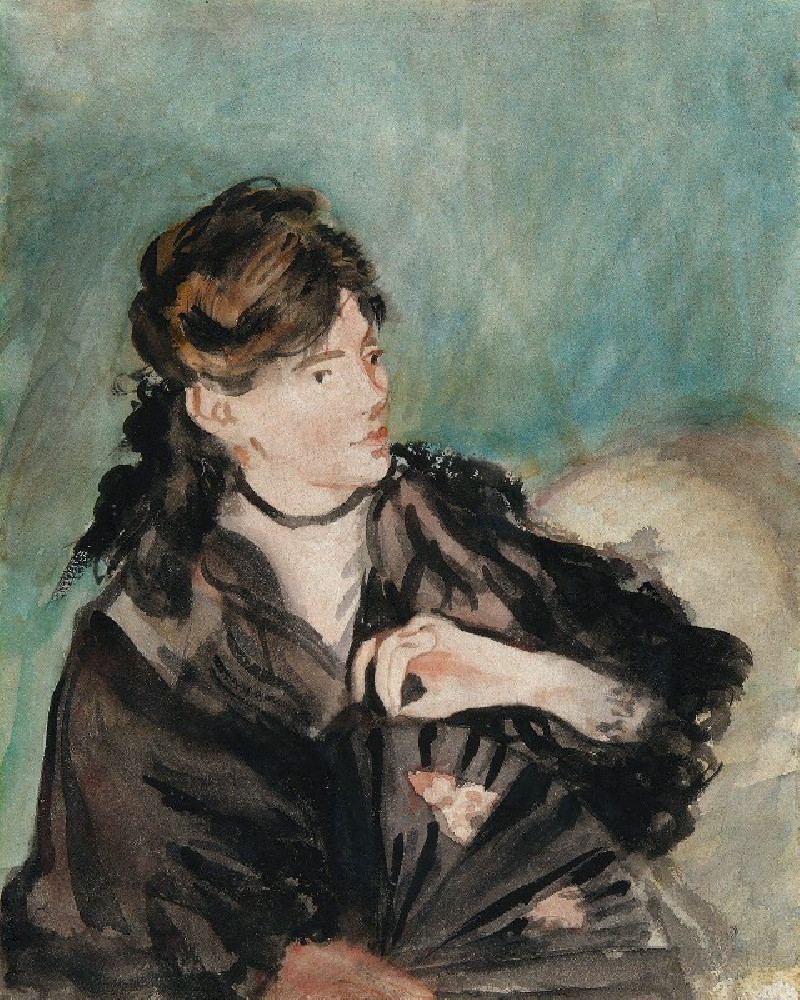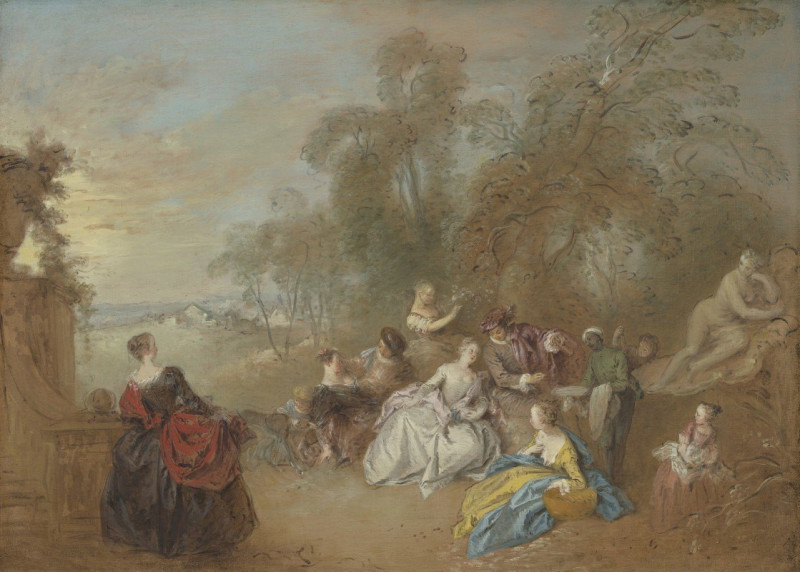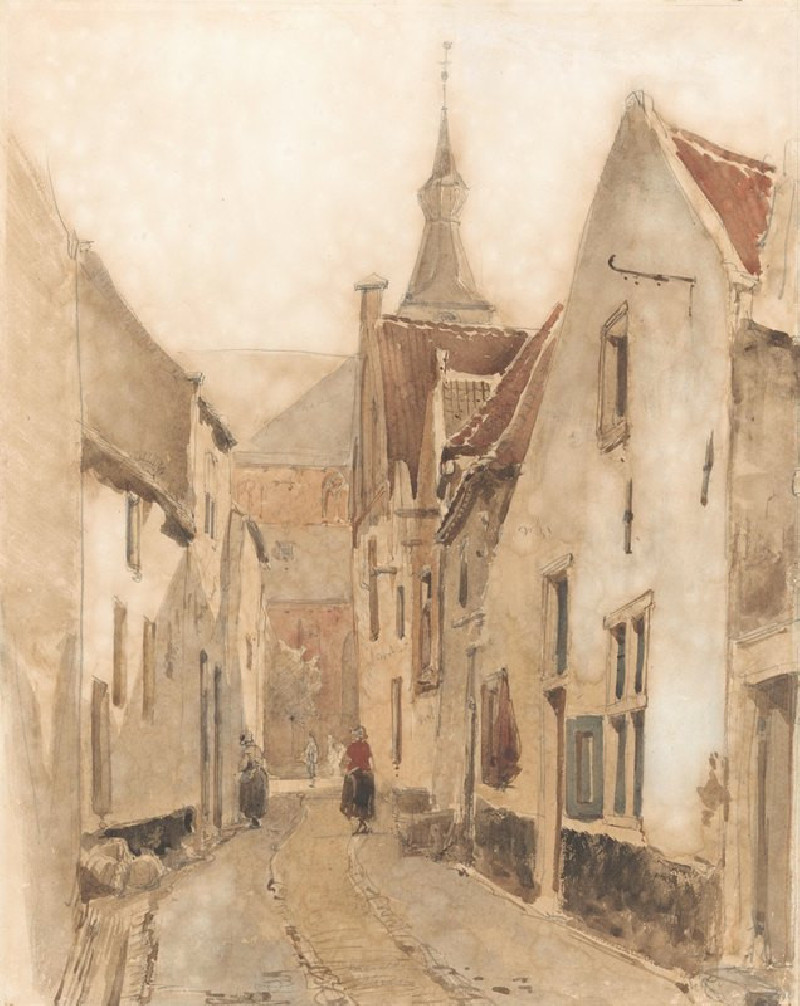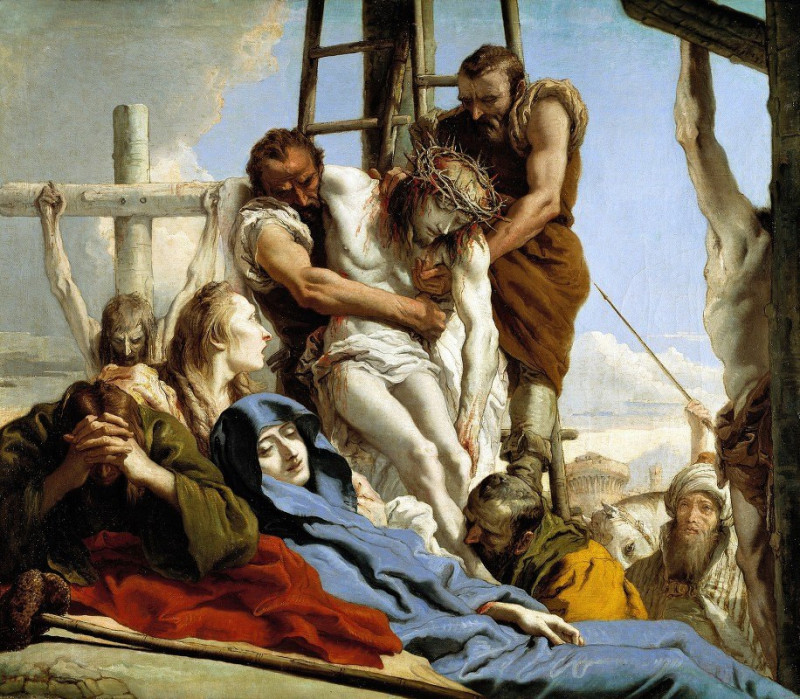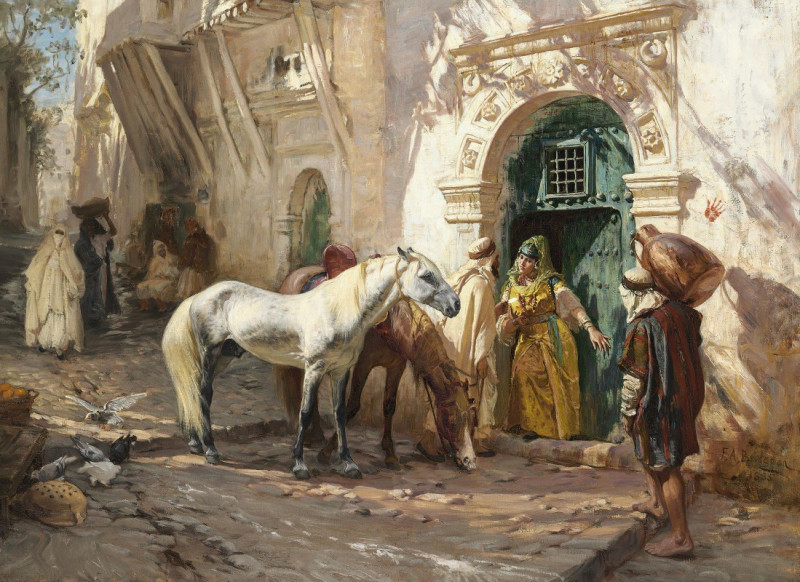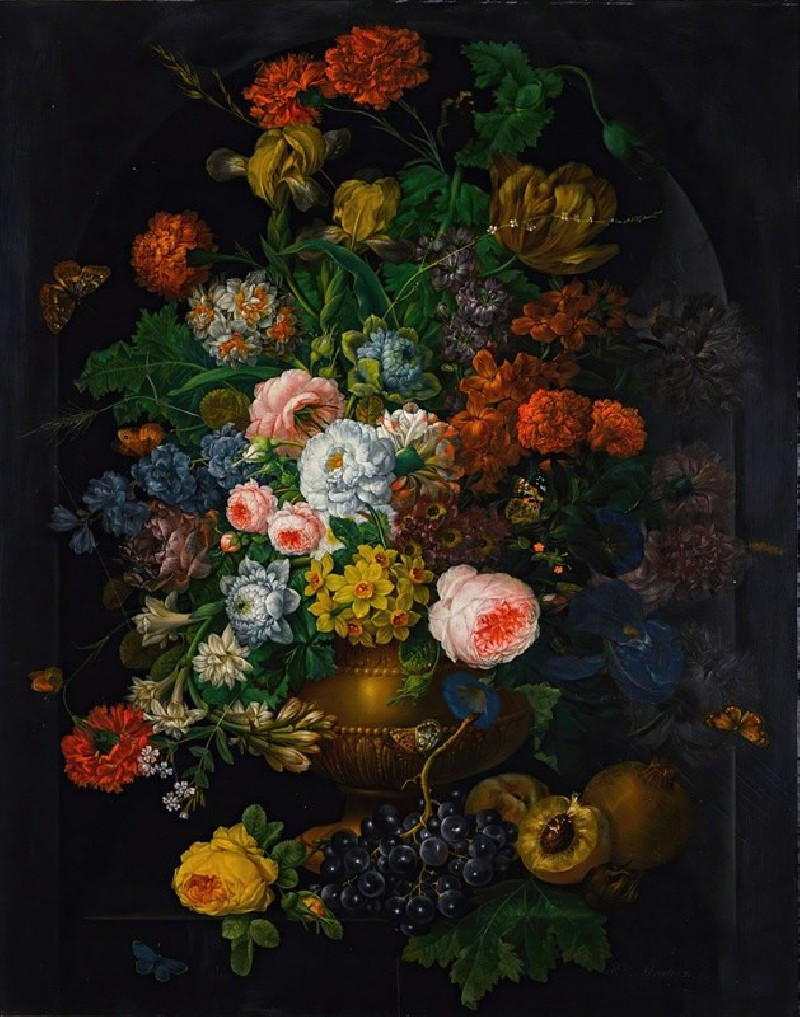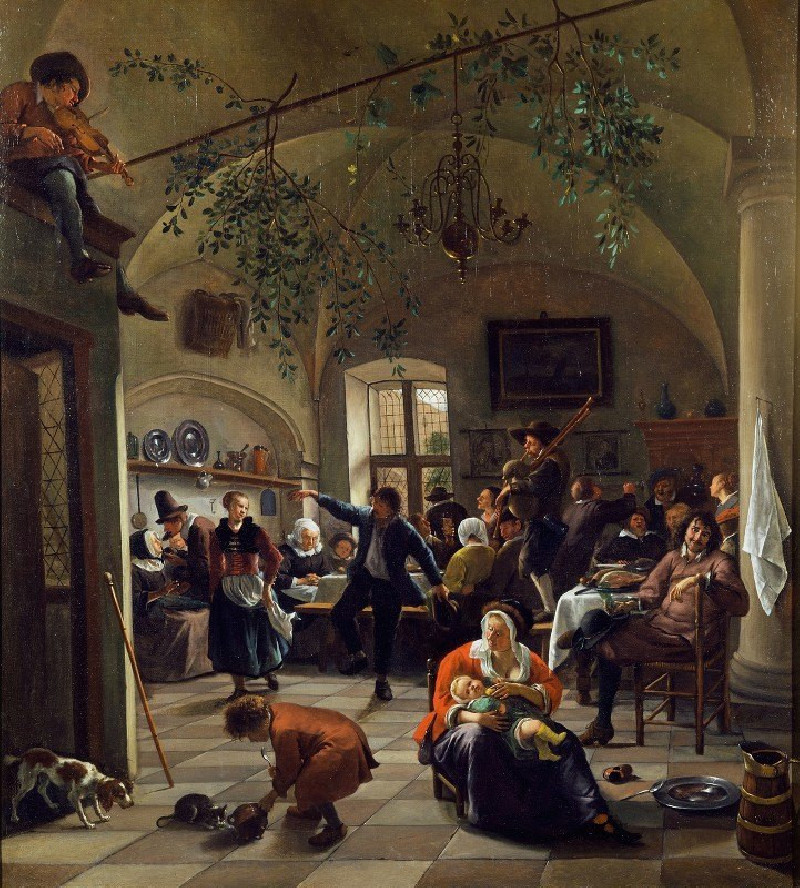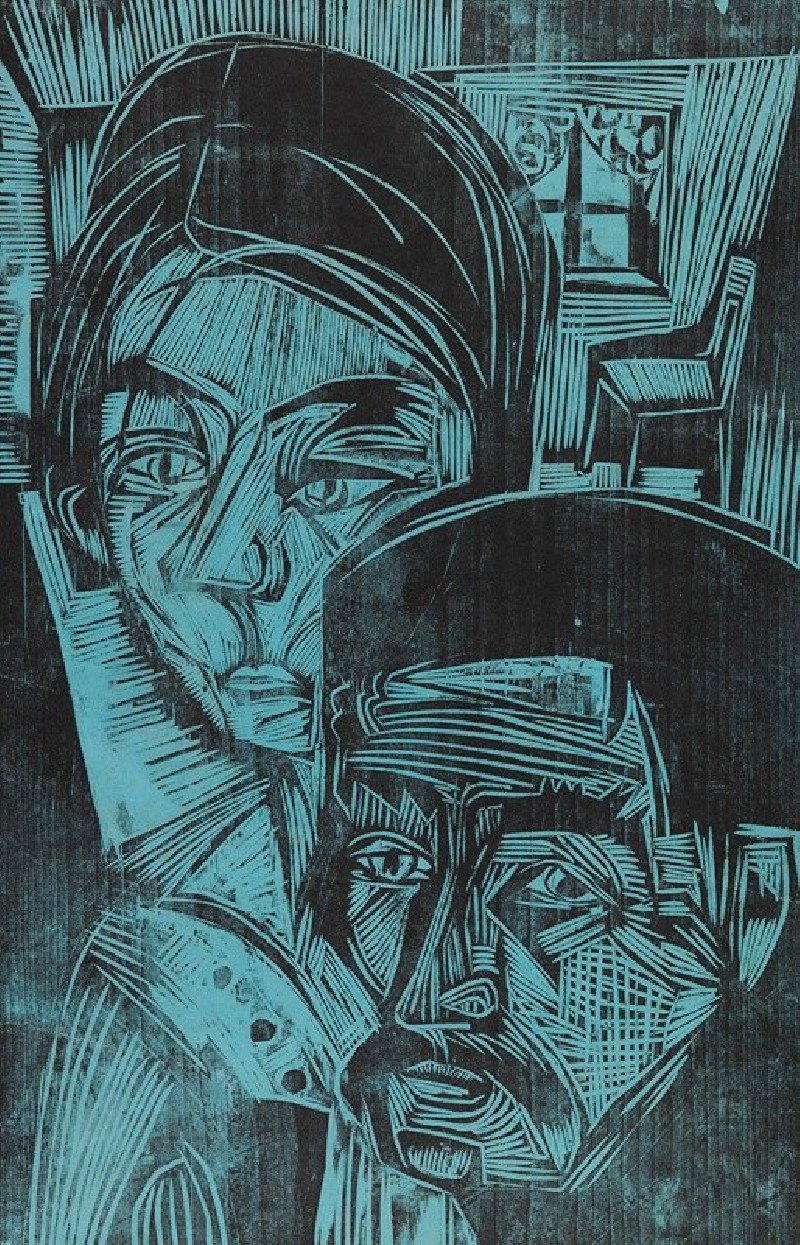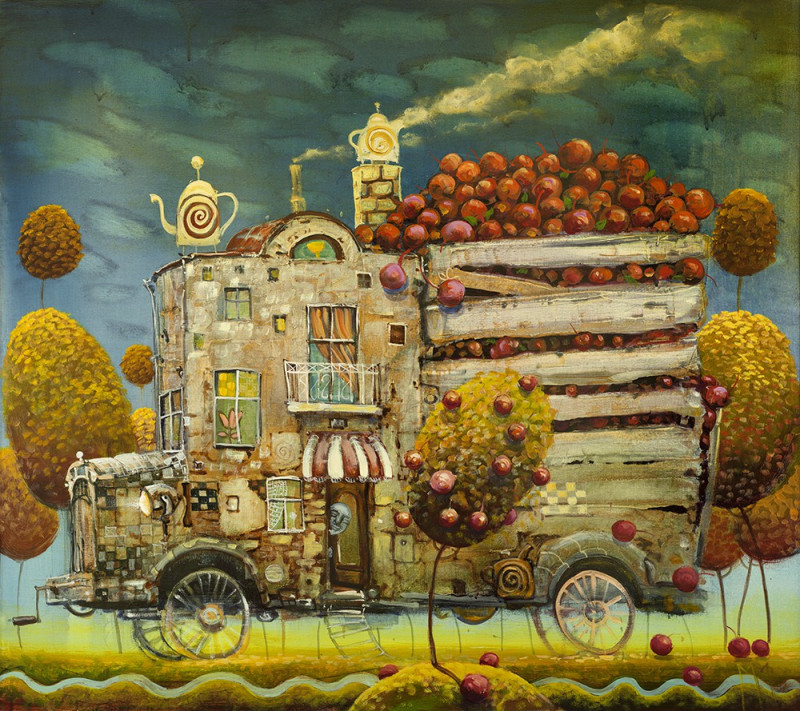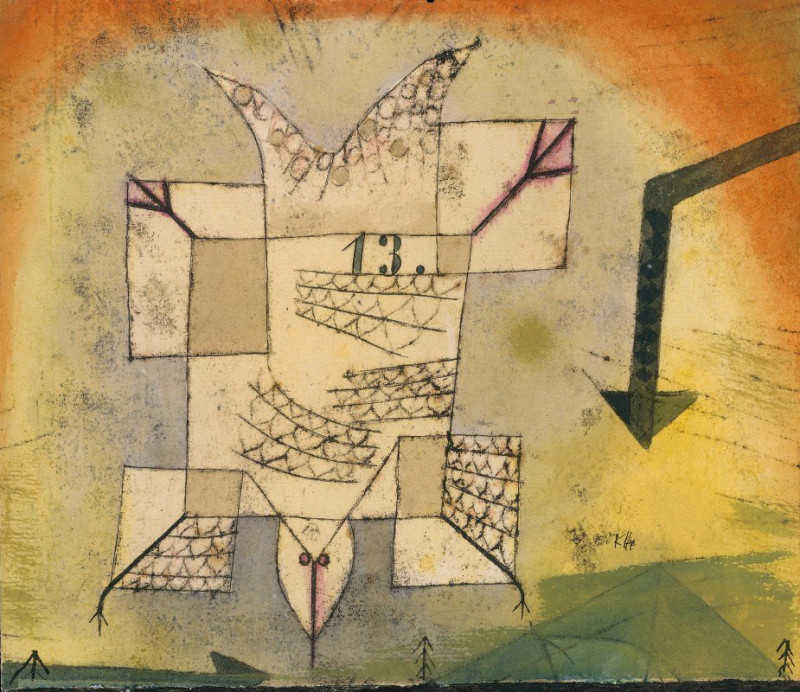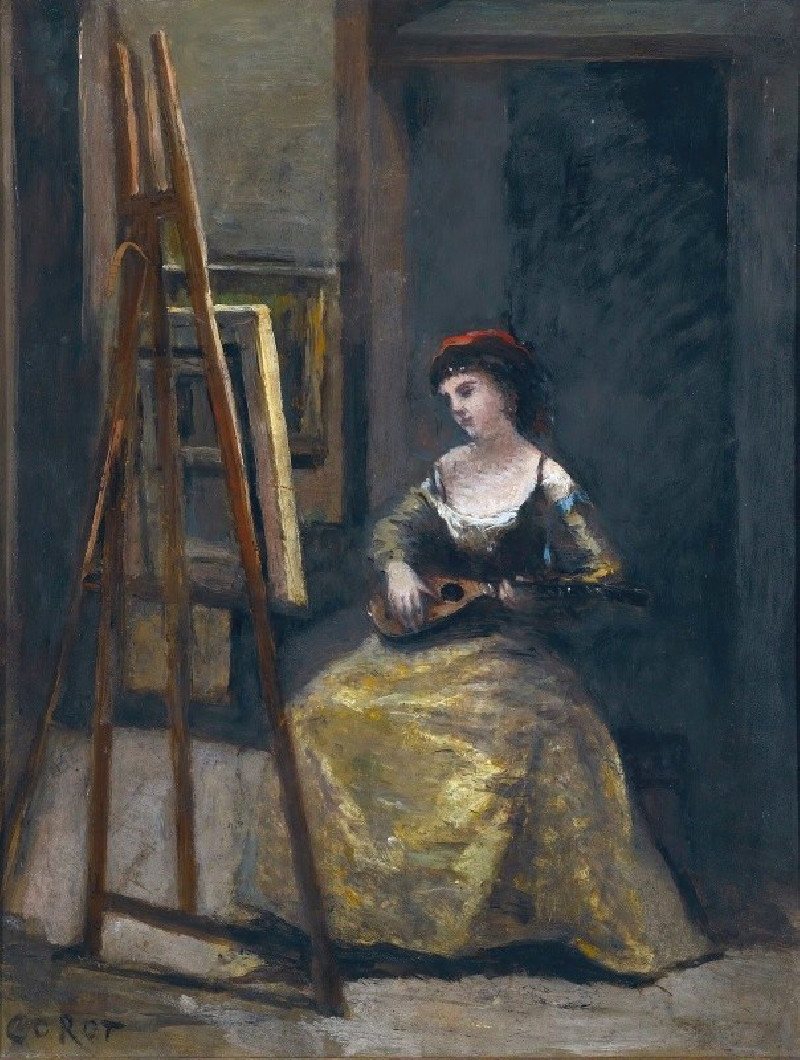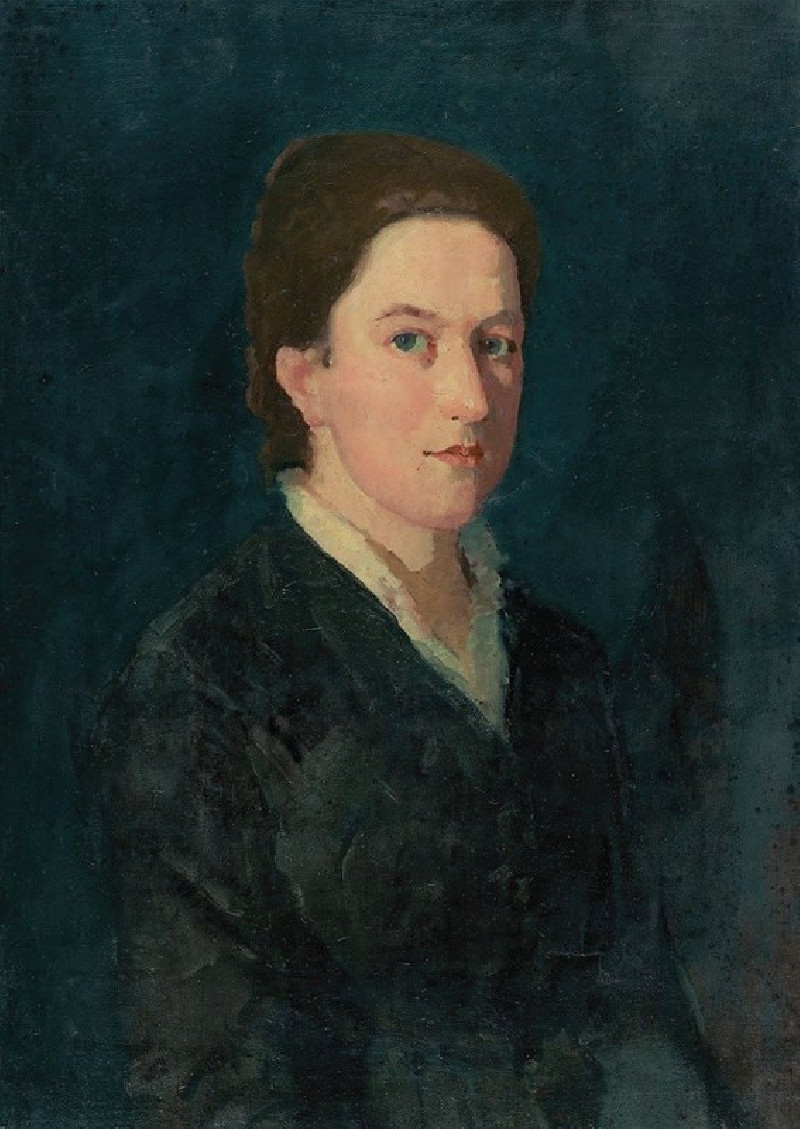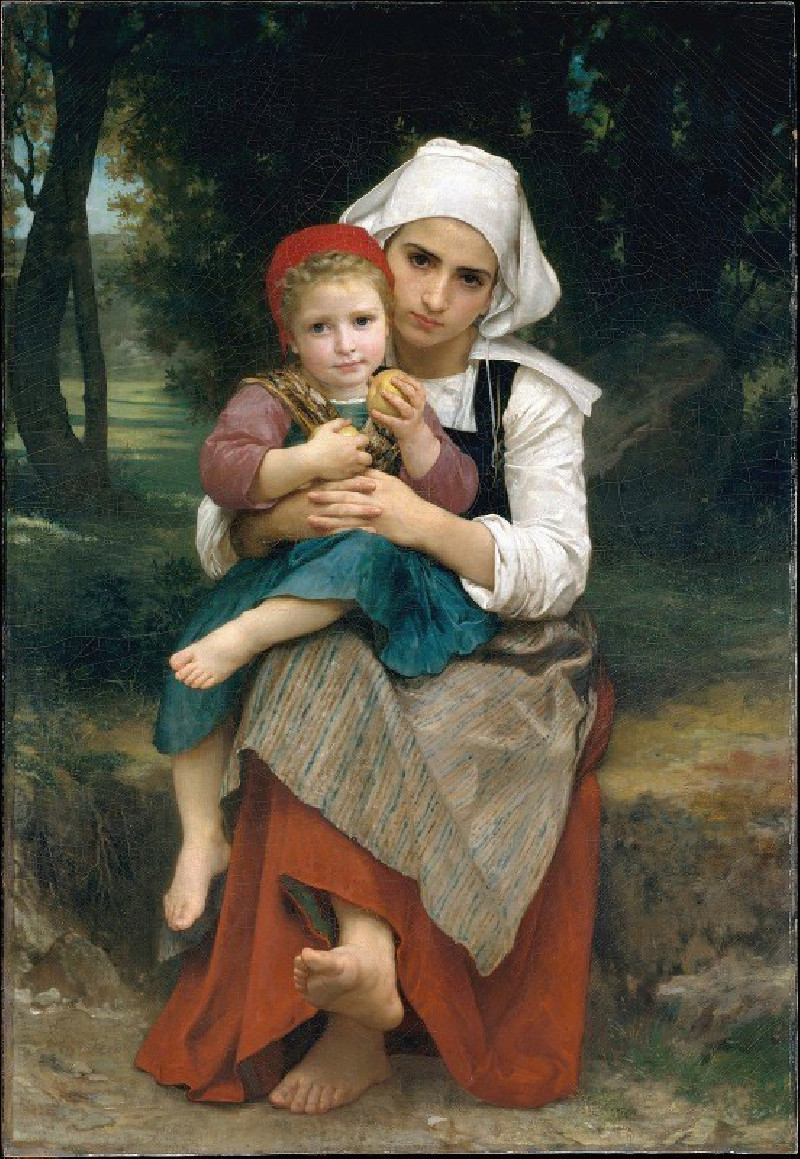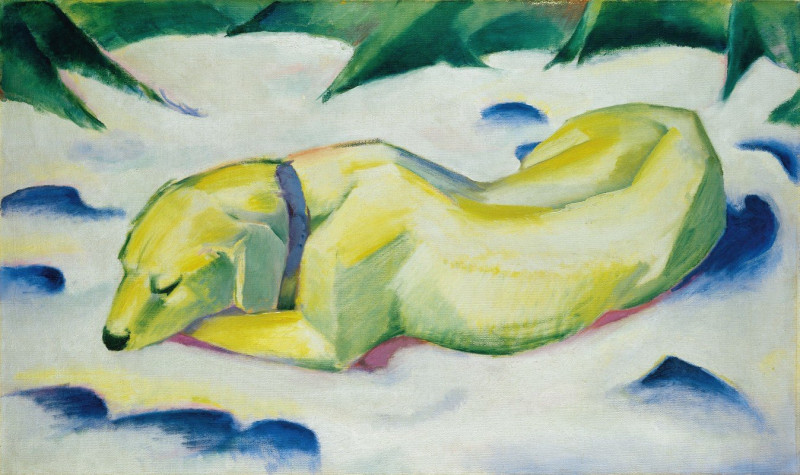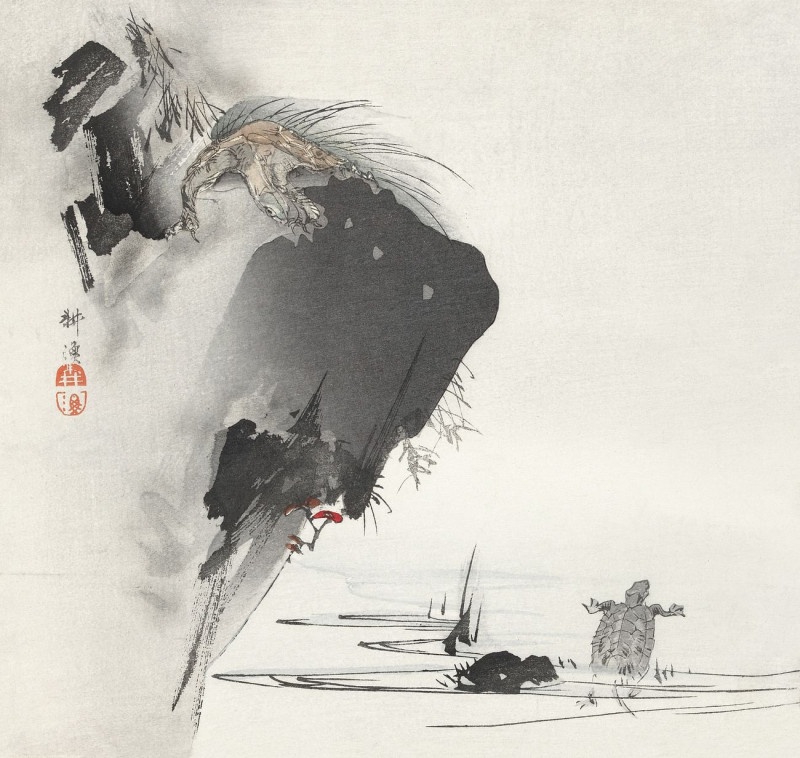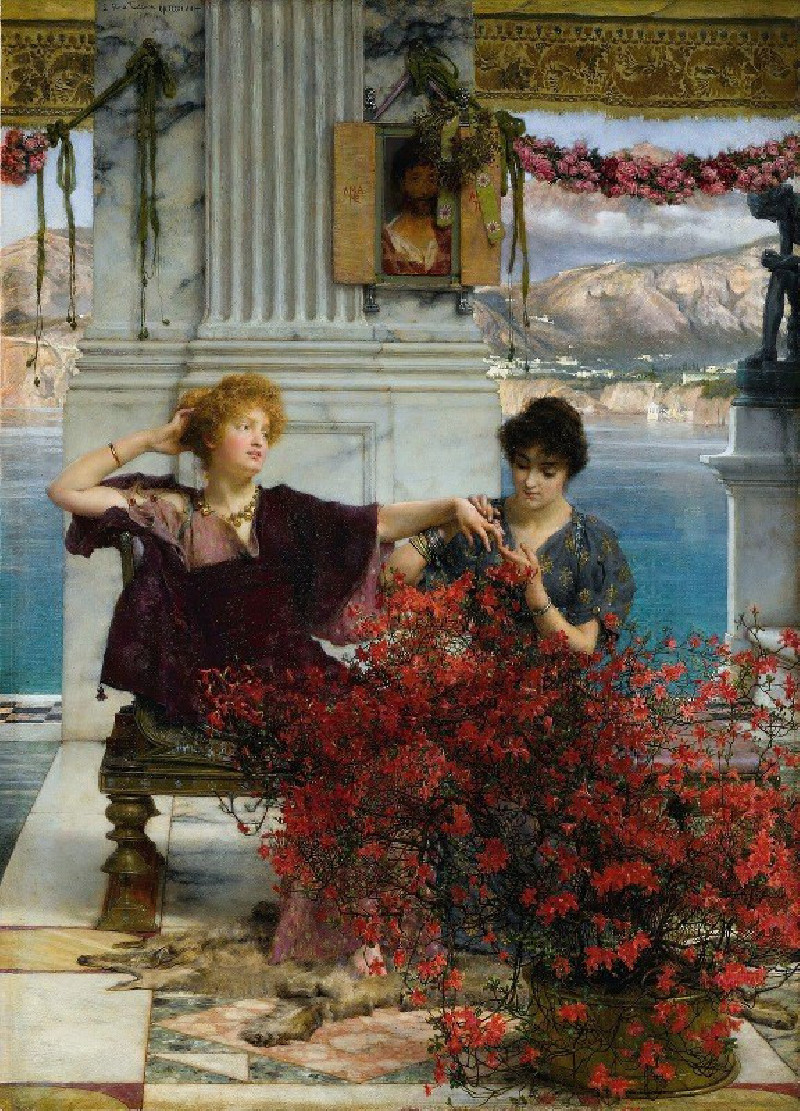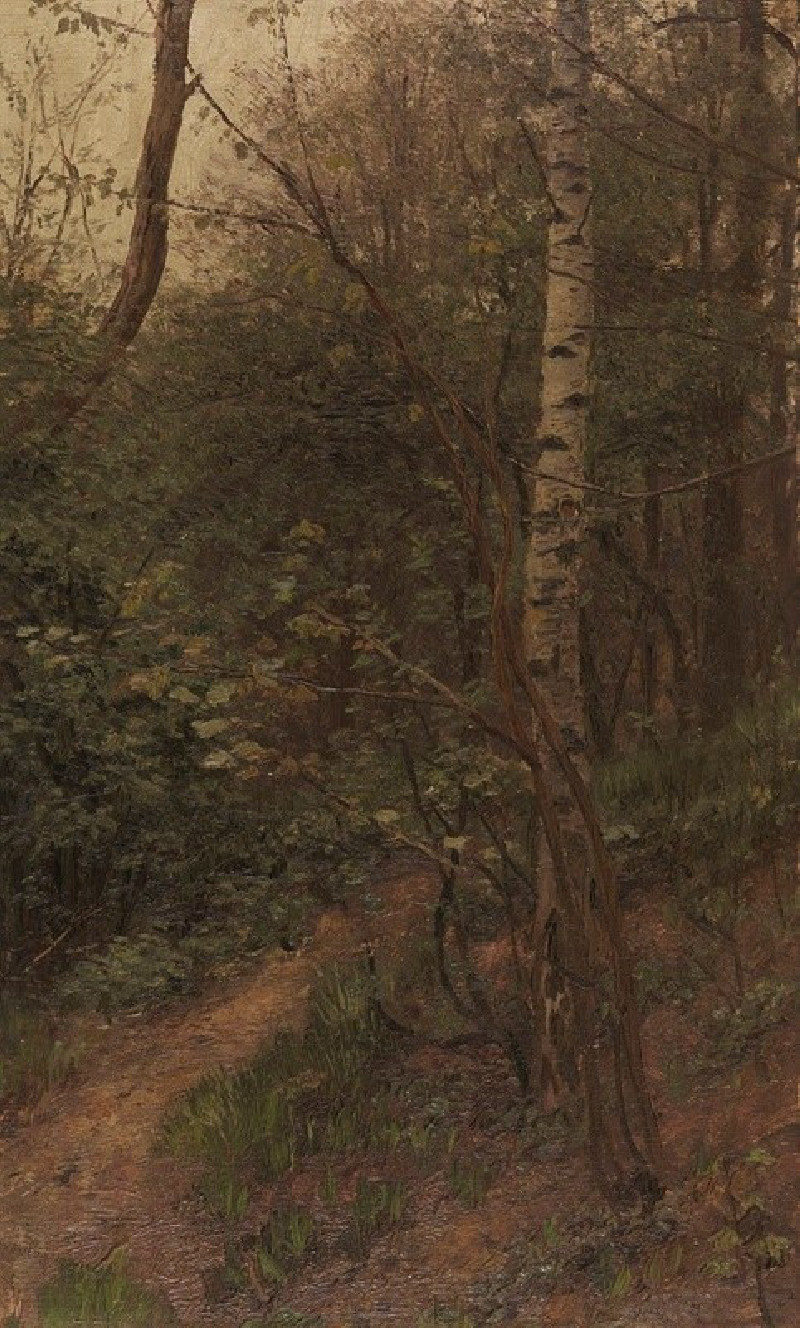Portrait of Berthe Morisot with a Fan (1874)
Technique: Giclée quality print
Recommended by our customers
More about this artwork
This compelling work, created by the illustrious French painter Edouard Manet in 1874, captures the essence of Berthe Morisot, a prominent figure in the Impressionist movement and herself an acclaimed artist. The portrait, distinguished by its loose brushwork and subtle interplay of colors, reflects the revolutionary artistic techniques of the time which emphasized light and movement over realistic detail.In "Portrait of Berthe Morisot with a Fan," Morisot appears poised yet introspective, her gaze directed away from the viewer, lending her a mysterious aura. Her attire is elegantly rendered in deep, flowing black strokes, accentuating her graceful figure. The fan she delicately holds, although partly obscured, enhances the sense of her genteel demeanor and the refined atmosphere typical of the era's portraiture.Manet's masterful use of light and shadow on Morisot's face and the blurred backdrop contribute to the painting's soft, almost ethereal quality. The deliberate incompleteness of the background focuses the viewer’s attention on Morisot’s expression and the dark tones of her dress.This portrait not only showcases Manet's skill as a painter but also immortalizes Berthe Morisot's enigmatic personality and her role as a muse in the Impressionist circle.
Delivery
Returns
Édouard Manet (1832–1883) was a French modernist painter and one of the first 19th century artists to paint modern life. His impressionist style is characterized by relatively small and thin brushstrokes that create emphasis on light depiction. Manet was one of the key artists in the transition from realism to impressionism, along with Claude Monet, Edgar Degas, and Pierre-Auguste Renoir. However, he resisted involvement in any one specific style of painting, and only presented his work to the Salon of Paris instead of impressionist exhibitions. His early masterworks, The Luncheon on the Grass and Olympia, created great controversy and served as a rallying point for other young painters.

